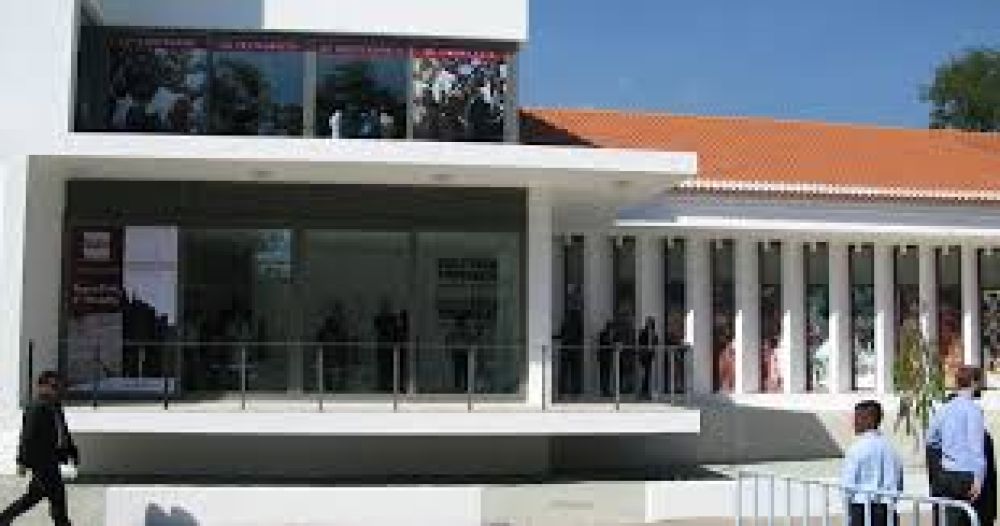

Timor-Leste, or East Timor, may not be the first destination that comes to mind when thinking of a tourist hotspot. However, its tourism industry has been steadily growing, especially since its independence from Indonesia in 2002. With its rich historical narrative, vibrant culture, and beautiful natural landscapes, Timor-Leste presents a unique experience for travelers interested in exploring off-the-beaten-path destinations.
Prior to its independence, Timor-Leste's tourism infrastructure was virtually nonexistent due to political instability and conflict. The struggle for independence from Portuguese colonial rule, which began in 1975, followed by a brutal Indonesian occupation, left little room for the development of the tourism sector. However, after becoming the first new sovereign state of the 21st century, Timor-Leste began opening its doors to international visitors.
The early years of Timor-Leste's tourism were focused on educational and solidarity tourism, where visitors came primarily to support the fledgling nation and learn about its struggles for self-determination. As the country stabilized, a broader array of tourists began to arrive, drawn to its untouched beaches, scuba diving opportunities, and cultural festivals. The Resistance Museum, among other historical sites, became a poignant place for understanding the Timorese people's fight for freedom.
The Resistance Museum is a testament to Timor-Leste's turbulent history and its resilient spirit. The museum chronicles the Timorese resistance against Indonesian occupation from 1975 to 1999, showcasing a comprehensive range of exhibits, including photographs, artifacts, and multimedia displays.
Opened in 2005, the Resistance Museum has become a significant institution for both locals and foreigners alike. It offers a deep dive into the stories of sacrifice and heroism that marked the country's path to sovereignty. The museum is not only a place of remembrance but also an educational center propelling forward the narrative of national identity and pride.
Due to its relatively recent entry into the tourism market, Timor-Leste has been promoting sustainable and community-based tourism. The country is recognizing the importance of preserving its natural and cultural assets while supporting local economies. Visitors are increasingly interested in authentic experiences that bring them closer to the history and daily life of the Timorese people.
Cultural tourism is also gaining momentum, with tourists keen to experience traditional Timorese life through homestays, cultural ceremonies, and local arts and crafts. The Resistance Museum plays a pivotal role in this trend, providing an essential context for understanding Timor-Leste's past and current societal dynamics.
Eco-tourism is another growing trend, with a focus on exploring Timor-Leste's stunning natural areas such as Atauro Island and the Nino Konis Santana National Park, while ensuring minimal impact on the environment.
In conclusion, the Resistance Museum in Dili offers a compelling historical narrative that complements the budding tourism sector of Timor-Leste. As the nation continues to develop its tourism offerings, visitors from around the world are invited to discover its unique heritage and contribute positively to the future of this resilient and captivating country.